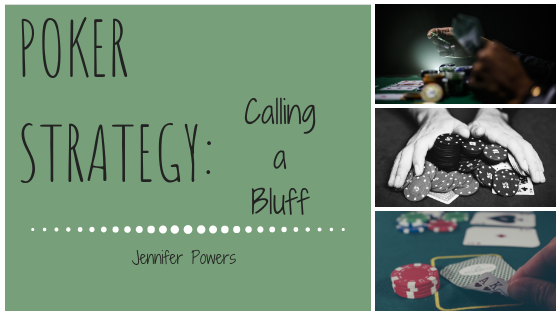When it comes to poker, regardless of the type of game you’re playing, there is one commonality that all players need to focus on: your opponent and their bluff. In most poker games, whether its Texas Hold’em or 5 Card Stud, players have the ability to fool their opponents using a technique known as bluffing. Bluffing is a tactic used to fool your opponent and deter them from predicting your next move. However, how can you be sure you’re calling a bluff at the right time? Consider some of these tips:
Watch Body Language
While there isn’t a 100% accurate way for someone to determine if an opponent is bluffing, the player’s body language can often show some telltale signs. You can pay attention to things like head nods, eye movements, or tapping of the feet. Don’t be afraid to use your opponent’s body language as a way of telling you what their next move may be. Players will often wear sunglasses or hats to hide their tell-all features, but pay attention to what you can; it could help you make the right call.
Bet Size, Timing, and Positioning
Your opponents bet is another good way to tell if they’re bluffing or not. You can pay attention to the size of the bet, the timing of a bet, and a players position at the table when they’re placing a bet. An opponents bet size could potentially give away what they may be holding in their hand. If they’re placing a “scared” bet, they won’t be going all-in, but they may still be betting 5-10x the anti. This tactic can be used to try and scare other players off the table by creating the illusion of a potentially strong hand.
Notice Verbal Cues
Sentence fillers are often common when someone may be fabricating the truth. We are often taught that people who use fillers, such as “um,” “uh,” etc. when trying to explain something, are likely to be lying. This proves true in the great game of poker as well. Sentence fillers are often used subconsciously when someone is experiencing nerves or is unsure of their next move. Pay close attention to your “talkative” opponents; who is talking and how much, both during the hands you’re playing and ones you’ve folded. Use the knowledge from your observations to help determine whether or not your opponent’s get chatty when they’re trying to bluff.
Calling a bluff can be much harder than one might think. However, these small signs may be able to help you accurately call your opponent out.
